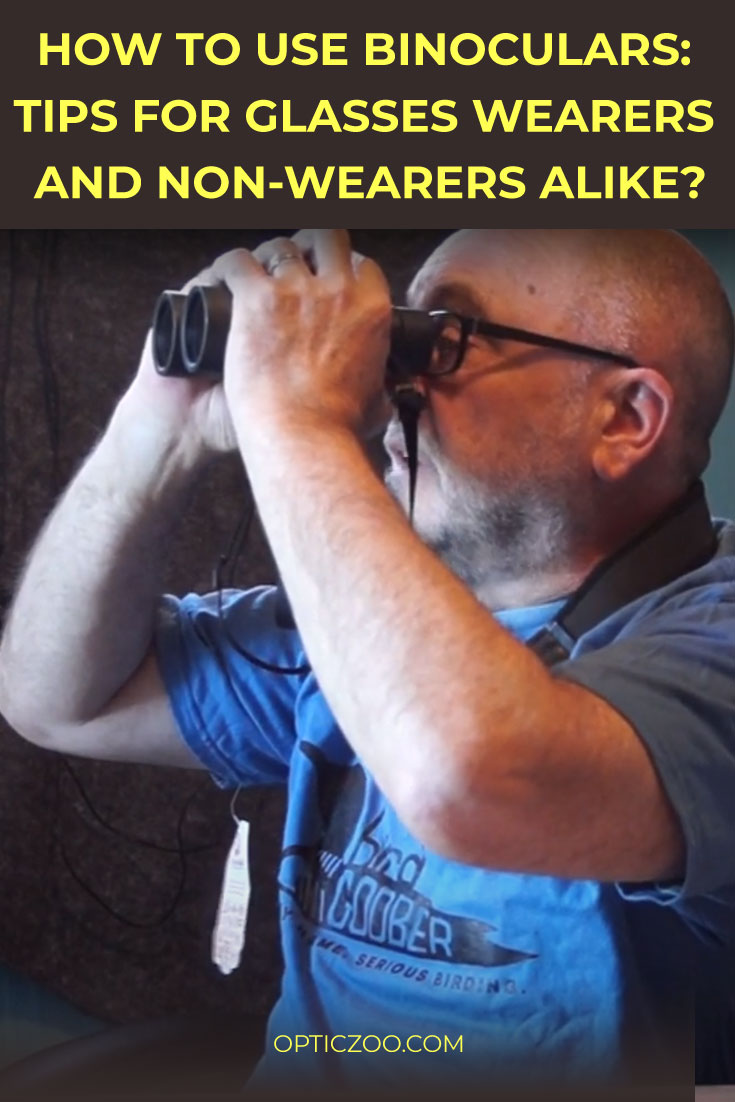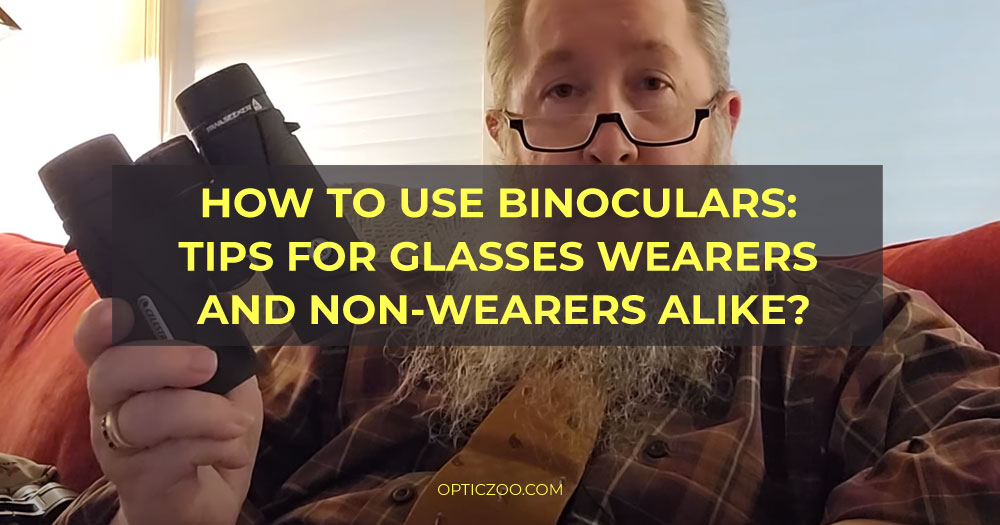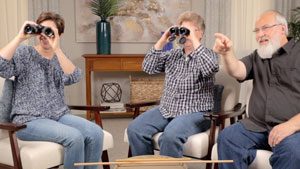
Do you love spending time outdoors birdwatching, enjoying nature, or simply observing your surroundings from a distance? If so, binoculars are a must-have piece of equipment! Binoculars can bring distant objects into clear focus and give you a much better view than the naked eye alone.
However, using binoculars can be tricky if you wear glasses – especially if you’re not used to doing it. In this blog post, we will discuss how to use binoculars whether you wear glasses or not. We’ll also provide some tips for getting the most out of your viewing experience. Read on to learn more!
Adjusting the Barrels and Eyecups
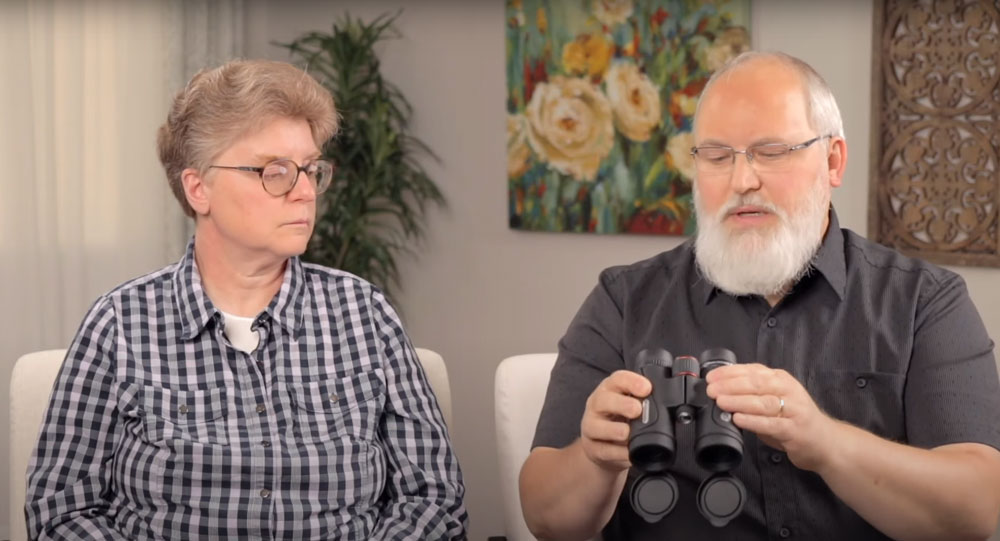
The first step in using binoculars is to adjust the barrels and eyecups to fit your eyes.
If you’re not wearing glasses, you’ll want to place the binoculars close enough to your eyes so that you can see a single circular field of view. To do this, hold the binoculars up to your eyes and slowly move them away from your face until the image comes into focus.
Once it does, stop moving the binoculars and take a look around. You should be able to see a clear, unobstructed view through both lenses.
If you wear glasses, you’ll still want to hold the binoculars close to your eyes. However, you may need to extend the barrels slightly in order to see a single, circular field of view.
[wpsm_box type=”info” float=”none” text_align=”left”]
In addition, you’ll want to make sure that your glasses fit snugly against the eyecups. This will help to prevent any outside light from entering the lenses and causing glare or distortion.
[/wpsm_box]
Adjusting the eyecups
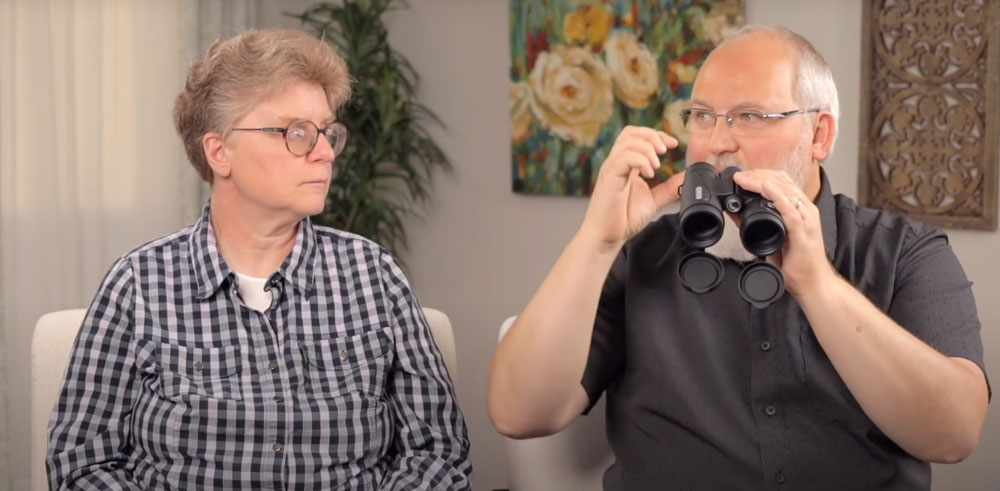
When using binoculars, it’s important to get the most field of view possible. You can do this by retracting the eyecups. This will make the binoculars more compact and provide a wider field of view.
However, when you want to get a more focused view, you can extend the eyecups.
Place your eyecups in the middle position for the most flexibility
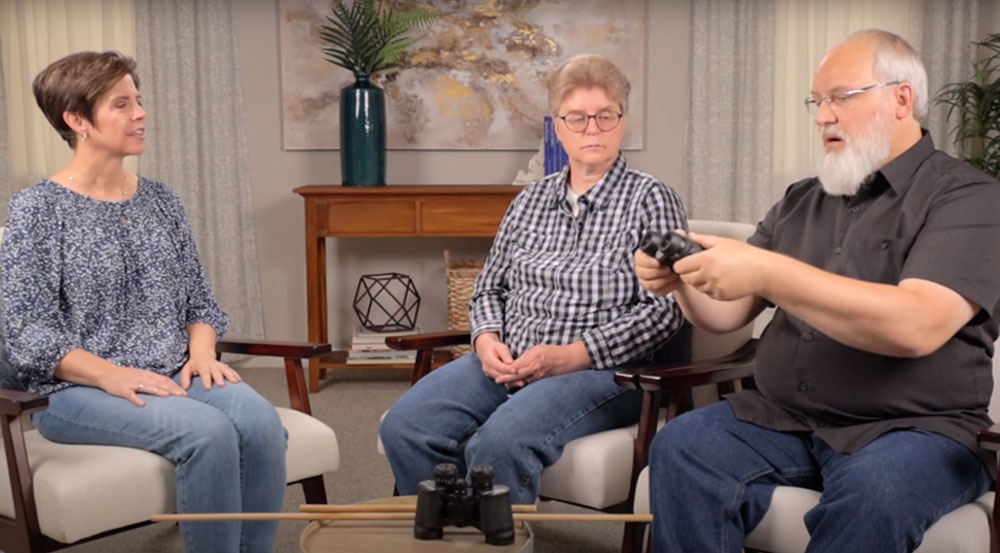
Regardless of whether you wear glasses or not it is best to place your eyecups in the middle position for the most flexibility. You can then adjust them according to your needs.
Tweaking the Diopter
The diopter is the knob on the right side of the binocular (as you hold it to your eyes). It’s used to focus each eyepiece independently.
[wpsm_box type=”info” float=”none” text_align=”left”]
If your left eye is stronger than your right, you’ll turn the diopter clockwise; if your right eye is stronger, you’ll turn it counterclockwise.
[/wpsm_box]
Start by closing your right eye and focusing on an object with your left. Once it’s in focus, open both eyes and see if the image in your right eye is also clear. If not, use the diopter to fine-tune the focus until both eyes are seeing clearly.
Locate the diopter adjustment on your binoculars
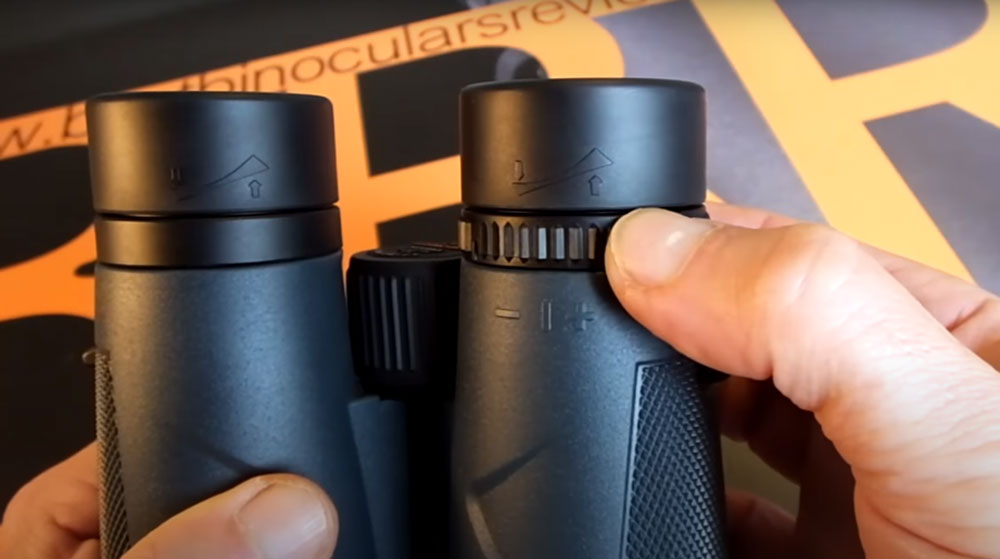
If you’re wearing glasses, locate the diopter adjustment on your binoculars. This is a small wheel or dial near the eyepiece that lets you adjust the focus for your specific prescription. Turn the diopter adjustment until the image through the binoculars is clear.
Focus the non-diopter side of your lens
If you don’t have glasses, start by focusing the left barrel of your binoculars. If you’re wearing glasses, focus the right barrel. This is usually done by turning the center knob until the image is clear.
Adjust the diopter setting on the other lens
Now that the non-diopter side is in focus, it’s time to focus the diopter side. The diopter is the knob on top of the right barrel (for those not wearing glasses) or on top of the left barrel (for those who are). Again, turn this knob until the image is clear.
[wpsm_box type=”info” float=”none” text_align=”left”]
You may need to readjust both knobs a few times before you get things just right – that’s normal! Just keep at it until looks crisp and sharp.
[/wpsm_box]
Look through both lenses at the same time to test the clarity
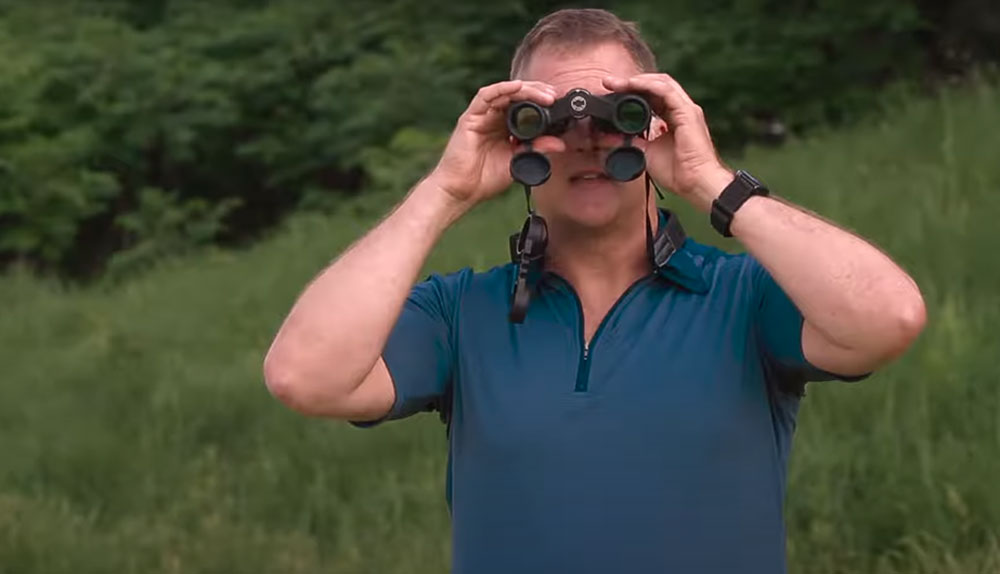
Once you’ve got both barrels of your binoculars in focus, it’s time to take them for a test drive. Close one eye and look through the lenses with the other.
If things are still blurry, go back and adjust the diopter knob until they’re clear. If you’re having trouble getting things clear, try moving closer or further away from your subject – sometimes that can help!
Learning Proper Technique
In general, using binoculars is fairly straightforward. To look through them, you simply hold them up to your eyes and peer through the lenses. However, there are a few things you can do to ensure that you’re getting the most out of your binoculars and that your experience is as enjoyable as possible.
It’s important to hold binoculars correctly, whether or not you’re wearing glasses.
- First, support the binoculars with your hands; don’t just hold them up to your eyes.
- Second, keep your elbows close to your body for stability.
- Third, use a tripod if possible; this will help reduce shaking and provide a clearer image.
If you wear glasses, it’s important to position the binoculars correctly so that you can see through them clearly.
- First, set the binoculars’ eyecups to their lowest setting if they’re adjustable.
- Next, hold the binoculars up to your eyes and position them so that you’re looking through the center of the lenses.
- Finally, adjust the focus until everything is clear.
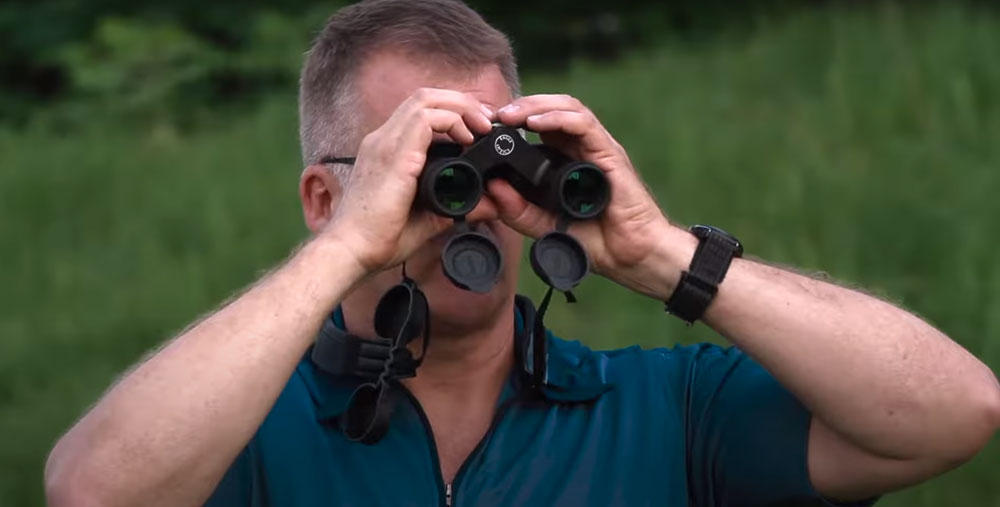
Following these tips should help you get the most out of your binoculars and have a better overall experience using them.
Practice aiming your binoculars on distant objects and locations
One way to get better at using binoculars is to practice aiming them on distant objects and locations. By doing this, you’ll get a feel for how they work and how to use them most effectively.
- Start by finding an object that’s far away, such as a building or a tree.
- Then, hold the binoculars up to your eyes and position them so that the object is in the center of the lenses.
- Finally, adjust the focus until the image is clear.
Once you’re comfortable with this process, try moving around and looking at different objects; this will help you get used to panning with the binoculars and following moving targets.
With a little practice, you should be able to use binoculars like a pro in no time!
Target birds and animals without your binoculars
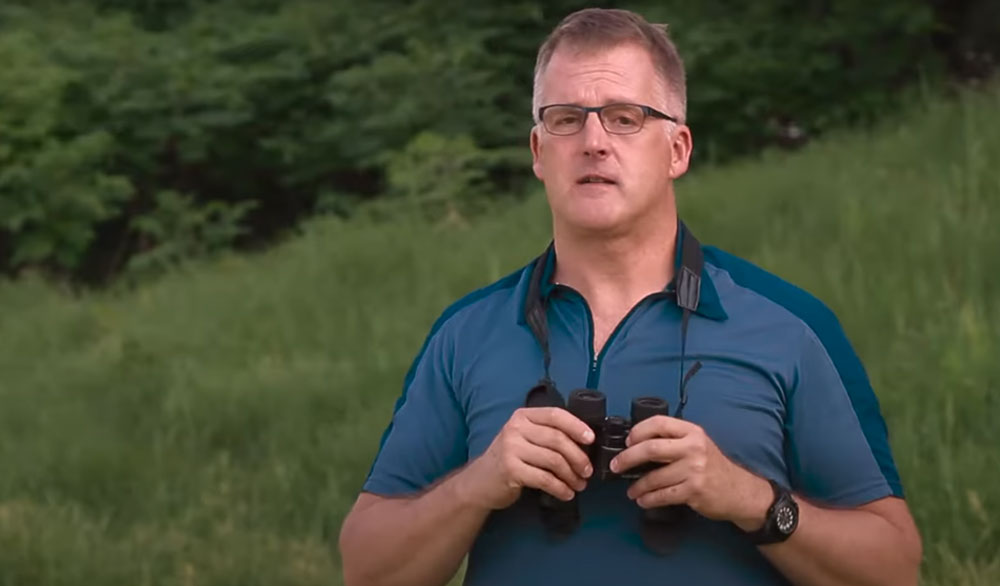
One of the great things about binoculars is that you can use them to get a closer look at birds and animals in their natural habitats.
However, before you start peering through your binoculars at every bird and animal you see, there are a few things you should keep in mind.
- First, be respectful of the animals and their space; don’t get too close or try to disturb them in any way.
- Second, make sure you’re aware of your surroundings; you don’t want to startle any animals or put yourself in danger.
- Finally, be patient; sometimes it takes a while for the animals to come into view.
If you follow these tips, you should be able to enjoy watching
Scan open areas with your binoculars occasionally
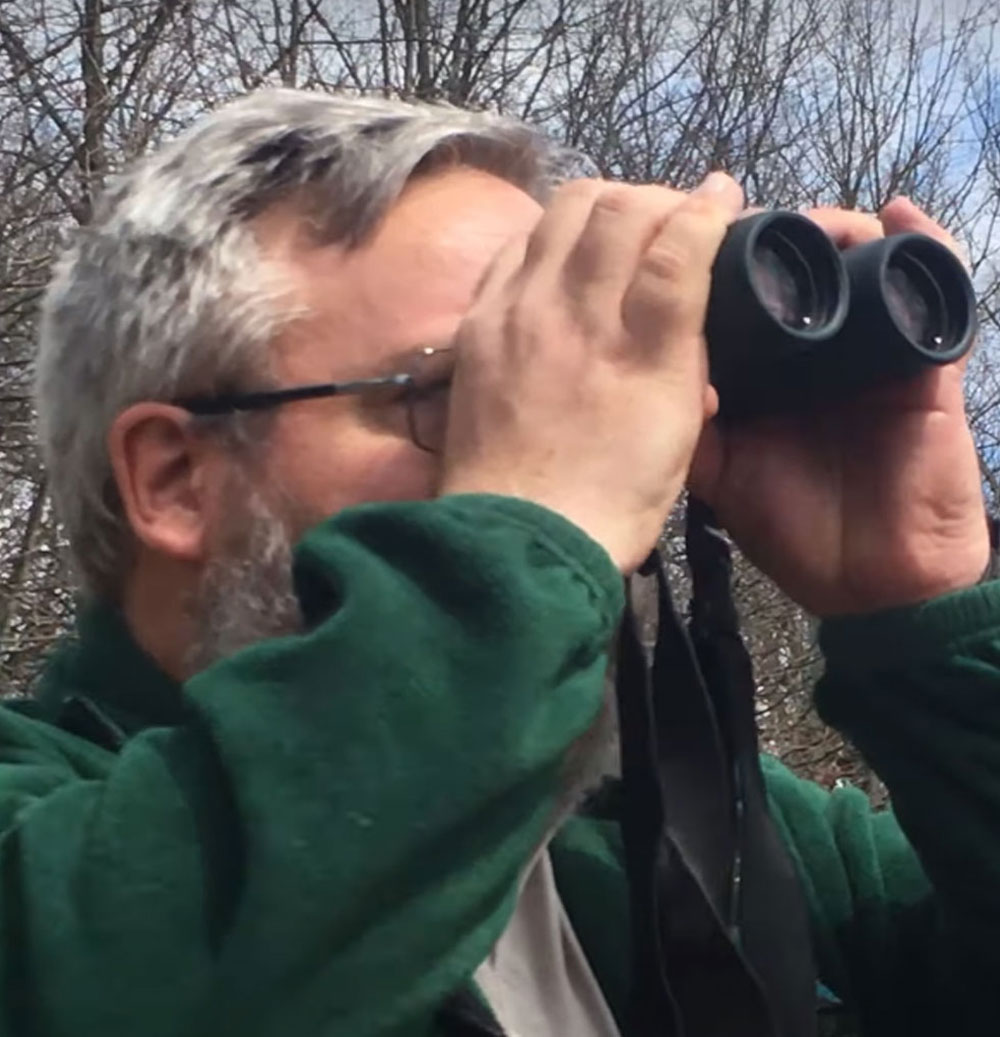
In addition to looking at specific objects, you can also use your binoculars to scan open areas. This is a great way to look for birds and animals that you might not have been able to see otherwise.
To do this, simply hold the binoculars up to your eyes and sweep them slowly from side to side, paying attention to any movement you see. You may also want to try scanning different types of terrain, such as forests, meadows, and fields.
[wpsm_box type=”info” float=”none” text_align=”left”]
By taking the time to scan open areas with your binoculars, you’re sure to spot all sorts of interesting creatures!
[/wpsm_box]
There are many ways that you can use binoculars. Experiment and find the method that works best for you. With a little practice, you’ll be an expert in no time!
How to Use Binoculars with Glasses?
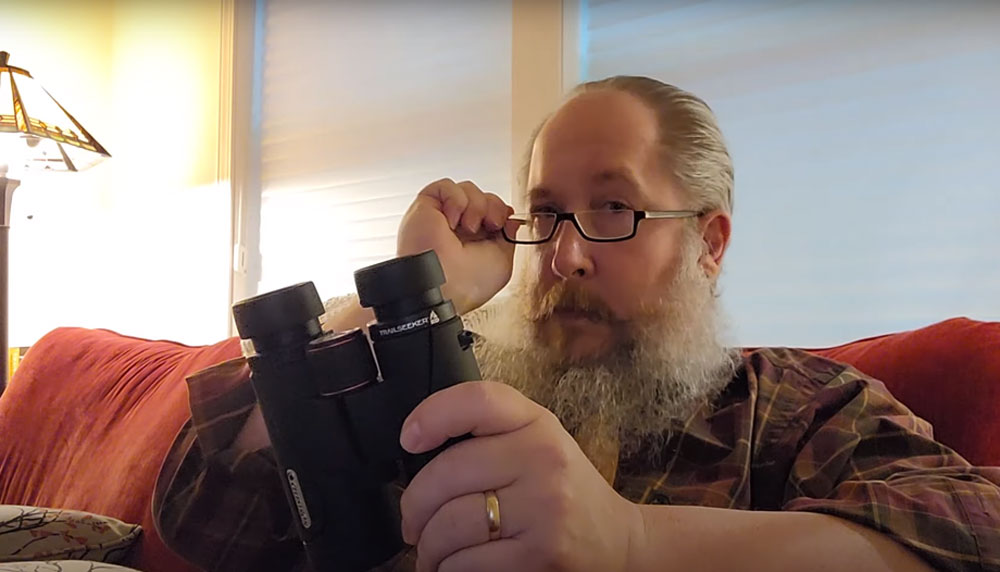
If you wear glasses, it’s important to use a pair of binoculars that is compatible with your eyewear. Look for a pair that has adjustable eyecups so you can position them correctly over your eyes. You may also want to consider getting a pair of binoculars with diopter correction to help focus the lenses.
When using binoculars with glasses, always start by adjusting the eyecups first and then focusing on the lenses. Once you have the image in focus, you can fine-tune the adjustment by moving your head back and forth until the image is clear.
Eye Cups
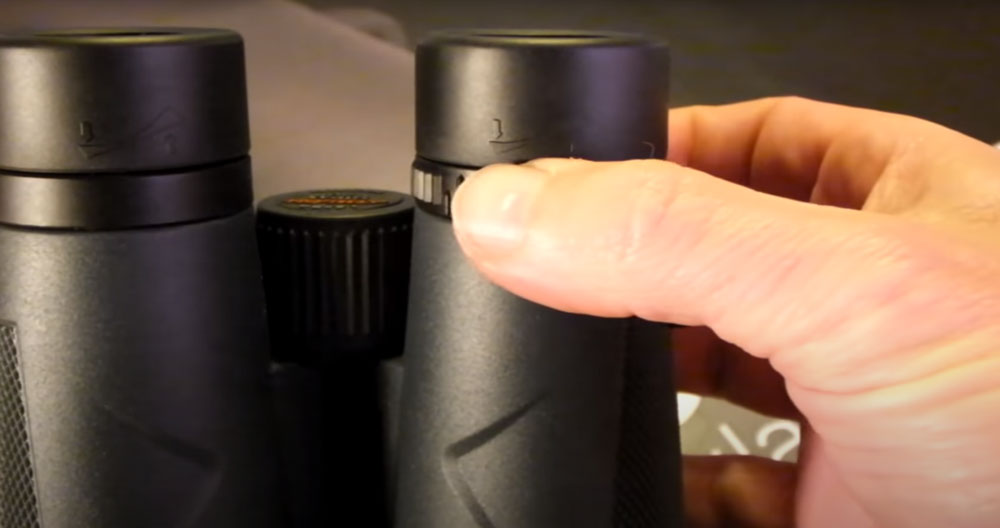
Binoculars usually have two different types of eyecups: twist-up and pop-up.
- Twist-up eyecups are the most common type and they work by screwing them in or out to adjust the height. These are easy to use and usually provide a comfortable fit for a variety of users.
- Pop-up eyecups are less common but they offer a more customized fit. To adjust pop-up eyecups, simply push them up or down to the desired position. These may be a good option for people who wear glasses or have trouble getting a comfortable fit with twist-up eyecups.
Both types of binoculars will give you a clear image, but it’s important to find a pair that is comfortable for you to use.
Hinge
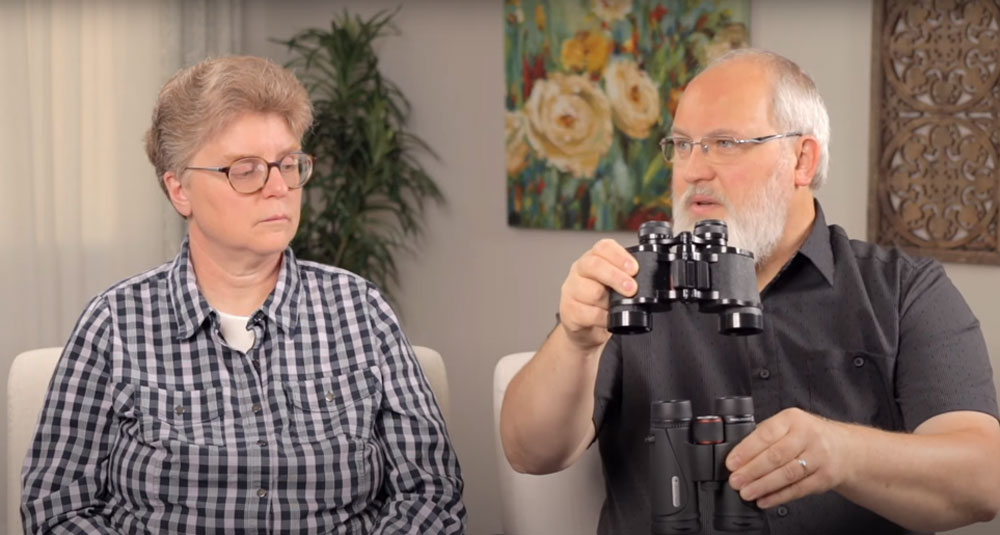
Most binoculars have a hinge that allows you to adjust the distance between the lenses. This is important because it allows you to focus the binoculars on an object.
[wpsm_box type=”info” float=”none” text_align=”left”]
To adjust the hinge, hold the binoculars in your hands and look through them. Find an object that is at least 20 feet away and focus on it. Once the image is clear, slowly move the lenses closer together or further apart until it comes into sharp focus.
[/wpsm_box]
The ideal setting will depend on the distance of the object you’re trying to view. If you’re having trouble finding the right setting, try moving your head back and forth until the image is clear.
Central Focus
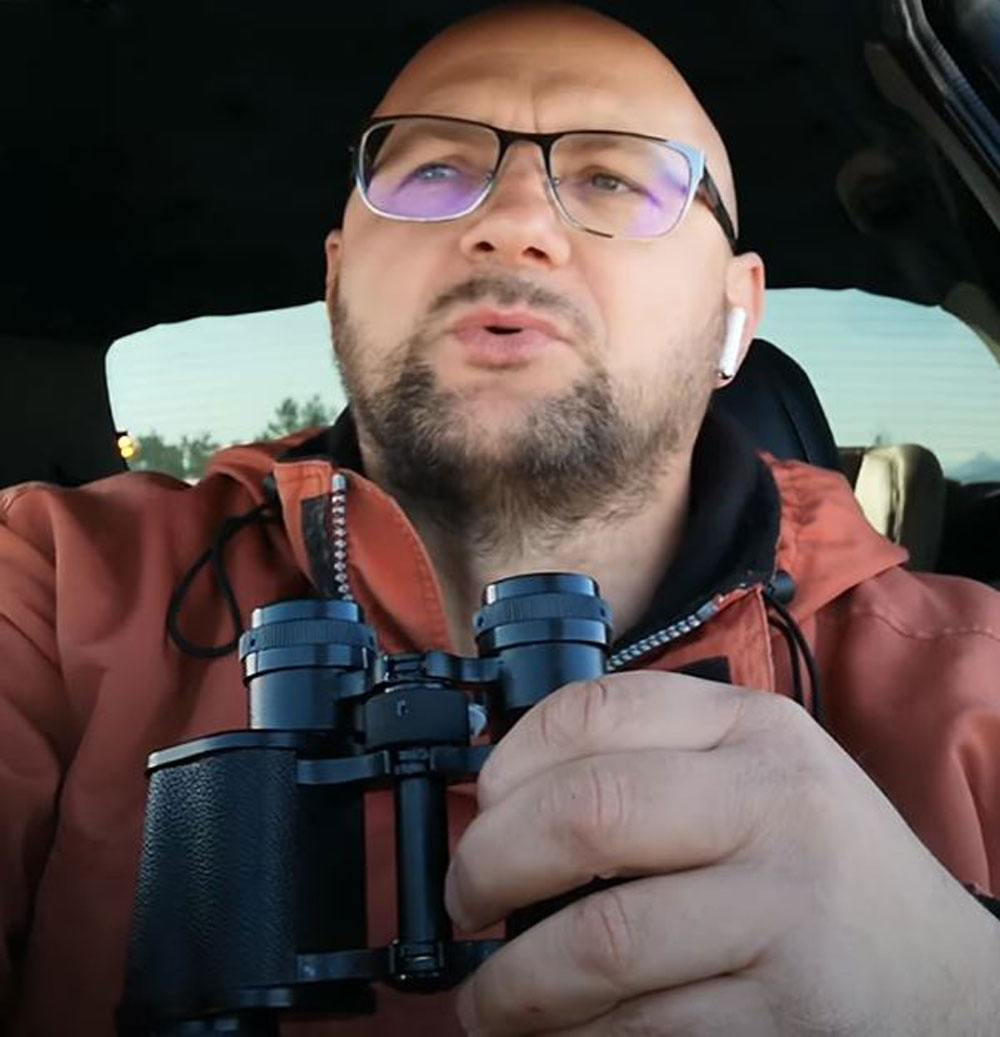
Most binoculars have a diopter adjustment on one of the barrels. This is used to adjust the focus for your eyesight. To use this, cover one eye and look through the binoculars at an object in the distance. Adjust the diopter until the image is clear, then do the same for your other eye.
Now that both of your eyes are focused, you can move the barrels closer or further apart to fine-tune the focus. The ideal setting is when you see a single circular image that’s sharply in focus and doesn’t have any double vision.
If you wear glasses, you might need to make some additional adjustments.
[wpsm_box type=”warning” float=”none” text_align=”left”]
Some people find that they can see better without their glasses when using binoculars. If this is the case, you can try removing your glasses and adjusting the focus until the image is clear.
[/wpsm_box]
Most binoculars have a central focus wheel that is used to focus the lenses. To use this, hold the binoculars in your hands and look through them. Find an object that is at least 20 feet away and focus on it. Once the image is clear, slowly turn the central focus wheel until the image is sharp.
By taking the time to adjust your binoculars, you’re sure to get a clear image of whatever you’re trying to view. Whether you’re looking at birds, animals, or just enjoying the scenery, binoculars are a great way to see things up close!
Recommended Binoculars Perfect for Eye Glasses Wearer
Snypex Knight ED 8X42 binoculars
Tips on how to use binoculars so that you can get the most out of yourself

Binoculars are a great tool for birders and nature enthusiasts alike, but they can be tricky to use if you’ve never used them before. In this blog post, we’ll give you some tips on how to use binoculars so that you can get the most out of yourself.
- All users should experiment with different diopter settings until they find the perfect focus for their eyes. The diopter is usually located on one of the barrels (the long side pieces) and is used to fine-tune the focus for each eye. Once you’ve found the perfect setting, mark it with a piece of tape so you don’t accidentally move it!
- If you wear glasses, make sure to keep them on when using binoculars. Most models have eyecups that can be twisted up and down- use the “twist-up” setting if you wear glasses. This will allow you to position the binoculars correctly without taking your glasses off. Once you’ve found the right setting, make a note of it so you can quickly adjust the binoculars in the future.
- Another tip for those who wear glasses is to choose a model with large objective lenses (the big front lenses). This will give you a wider field of view and a brighter image. And don’t forget about eye fatigue- try to find a model with as little weight as possible!
- For those of you who don’t wear glasses, you can take advantage of the fact that your eyes are more flexible. With non-eyeglass wearers, the eyecups can be left in the “down” position for a wider field of view. Just make sure that your eyebrows don’t hit the top of the binoculars, which can cause vignetting (when the edges of your vision become darkened).
- Another tip for getting the most out of your binoculars is to use them in low-light conditions. This means avoiding direct sunlight instead of using early morning or late evening light. By doing this, you’ll be able to see more details in your surroundings. In these cases, it can be helpful to increase the magnification. This will make the image appear brighter and easier to see. Just be sure not to go too high, or you’ll risk losing the image altogether.
- Finally, don’t forget to clean your binoculars regularly. This will help to keep the lenses clear and prevent any build-up of dirt or dust.
With these tips in mind, you’re ready to start using binoculars like a pro! Whether you’re birdwatching, sightseeing or simply enjoying the great outdoors, binoculars are a great way to get closer to the action. So get out there and start exploring!
Look after your binoculars
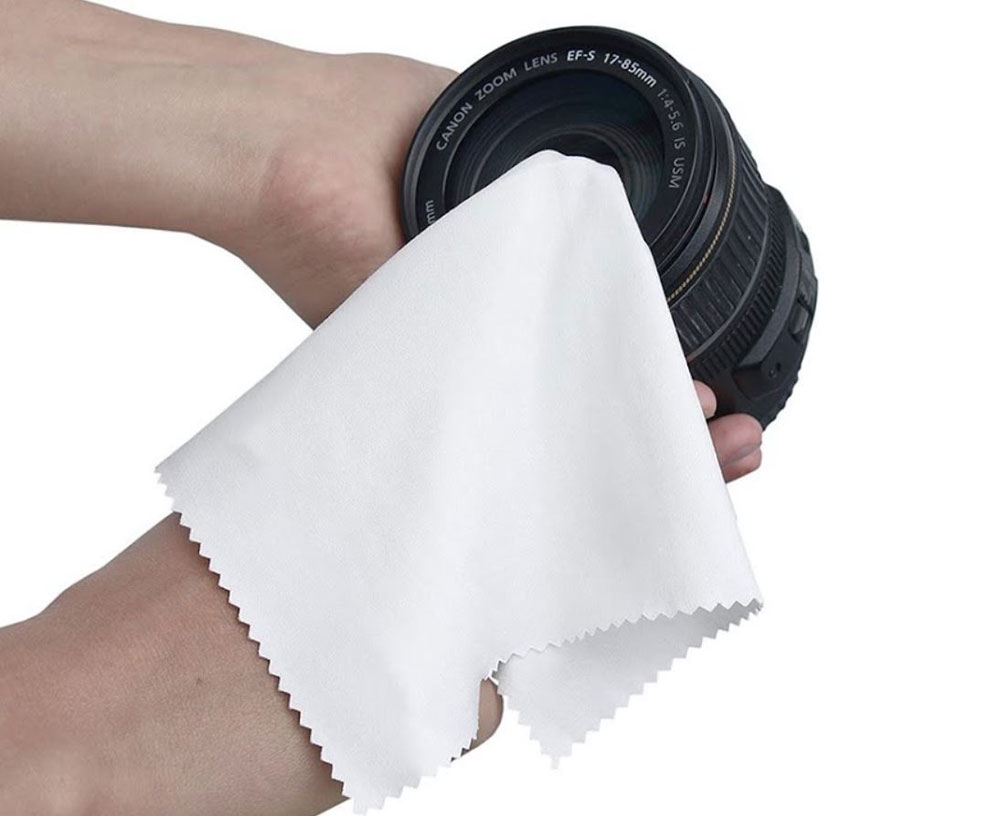
It is important to take care of your binoculars so that they can last for a long time. Here are a few tips to keep in mind:
- It is recommended that you clean your lenses regularly. A good way to do this is with a soft lens cloth and some lens cleaning fluid designed specifically for optics.
- You should also store your binoculars in a dry place when not in use, as moisture can damage the lenses and internals.
- Do not submerge the binoculars in water.
- If you are using them in a dusty environment, make sure to clean them afterward.
- If you have binoculars with a rubber coating, it is important to keep them clean and free of dirt and grit, as this can degrade the quality of the lenses over time.
- A soft cloth or brush can be used to remove any debris from the surface.
Following these tips will help ensure that your binoculars last for many years to come.
Conclusion
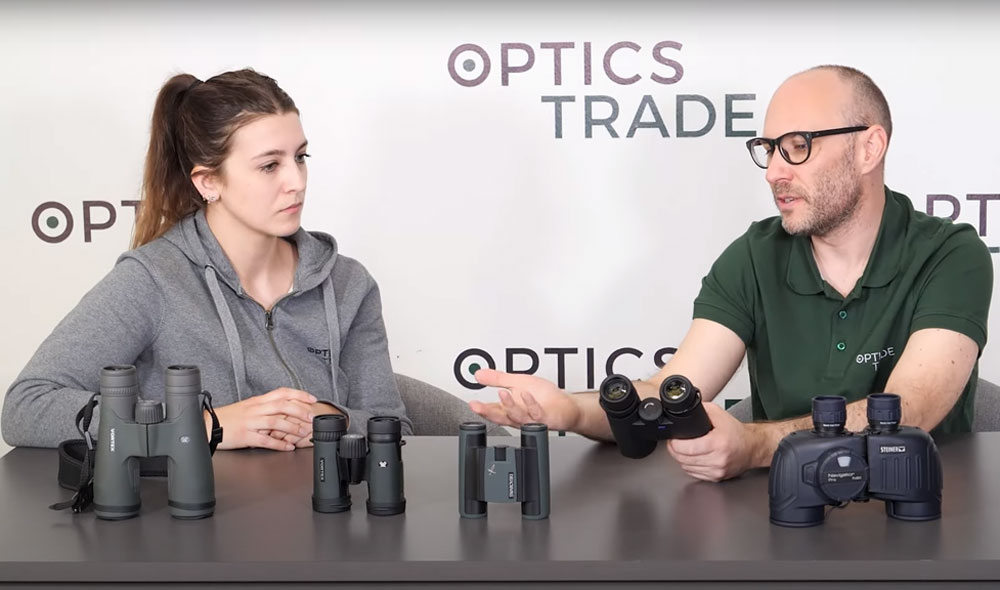
Binoculars are a great tool for birders and nature enthusiasts alike, but if you’re new to using binoculars, it may take some time to get the hang of it. The most important thing is to relax your eyes and allow yourself to scan the area slowly.
Don’t try to focus on one specific object; instead, let your eyes wander and look for movement. Once you spot something, you can then focus on it. With a little practice, you’ll be a pro in no time!
Using binoculars is a skill that can be learned relatively easily. By following some simple tips and practicing, you can become quite proficient at using binoculars. Do you have any tips for using binoculars? Share them in the comments below! Thanks for reading!
Bye for now! hope this helped :). Glasses wearers rejoice- there’s hope for us yet when it comes to using binoculars without frustration! Happy viewing!
